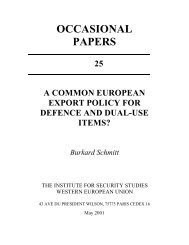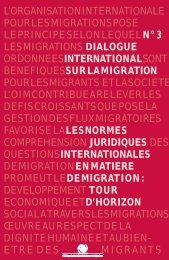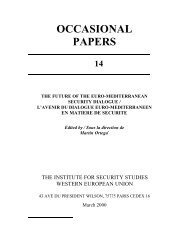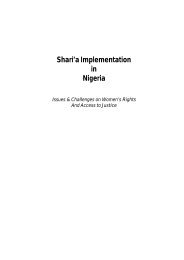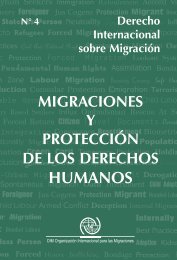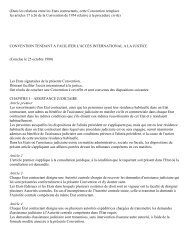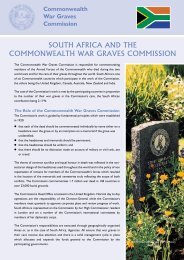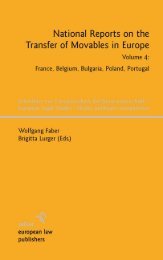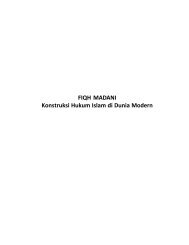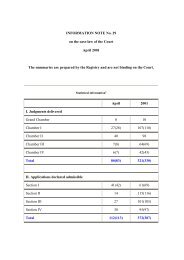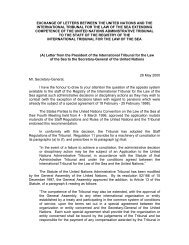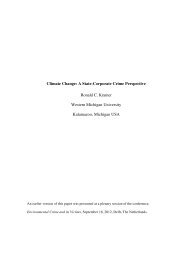Party Autonomy in International Property Law - Peace Palace Library
Party Autonomy in International Property Law - Peace Palace Library
Party Autonomy in International Property Law - Peace Palace Library
Create successful ePaper yourself
Turn your PDF publications into a flip-book with our unique Google optimized e-Paper software.
10. Between Articles 14 and 27 of Rome I<br />
10.3.2. Legislative <strong>in</strong>tent<br />
We know the follow<strong>in</strong>g from the accessible documents: first, the Commission<br />
had proposed a special rule for third party effects, which was to<br />
apply the law of the assignor’s place; second, long negotiations ensued;<br />
third, <strong>in</strong> the f<strong>in</strong>al stages <strong>in</strong> the Council, the presidency proposed, as a<br />
compromise, either to follow the Commission proposal or to declare the<br />
law of the assigned claim to be applicable; and fourth, neither proposal<br />
has been made law. 24 There are people, some of whom participated <strong>in</strong><br />
the deliberations, who tell us that the decision on that special provision<br />
was to be postponed until the review process. 25 However, there is<br />
no formal decision as to this effect; Article 27, as we have seen, does<br />
not say so, and there is no documentary evidence of such a decision<br />
<strong>in</strong> Council or Parliament, although majority vot<strong>in</strong>g would have been<br />
possible. Therefore, all we can see <strong>in</strong> the legislative history is that the<br />
Commission made a proposal for a Regulation with a special provision<br />
for third-party effects, and that the Regulation has been eventually enacted,<br />
but without such a provision. To this extent, the proposal of the<br />
Commission to have a special provision on third-party effects appears to<br />
have been rejected without a substitute, thus leav<strong>in</strong>g Article 14 as the<br />
general, unqualified rule.<br />
As mentioned earlier, <strong>in</strong> European Union law the enacted text must<br />
weigh more heavily than a possibly diverg<strong>in</strong>g but not visibly expressed<br />
legislative <strong>in</strong>tent. The <strong>in</strong>herent weakness of <strong>in</strong>vok<strong>in</strong>g a legislator’s alleged<br />
real <strong>in</strong>tent can be overcome only by official documentary evidence<br />
of such <strong>in</strong>tent. The European Court of Justice has at times been<br />
extremely outspoken <strong>in</strong> this respect. 26 We have no such evidence here<br />
for an alleged decision of the legislator to carve out from the orig<strong>in</strong>al<br />
legislative project an important topic to be dealt with only at some later<br />
time, if at all.<br />
24<br />
For details of the process, see van der Gr<strong>in</strong>ten, Art. 14 Rome I: A Political Perspective,<br />
<strong>in</strong> this book (Chapter 7); Sigman / Kien<strong>in</strong>ger (note 5) 50-53; Plender / <br />
Wildersp<strong>in</strong> (note 4) 370-373; Garcimartín Alférez (note 5) 246-247.<br />
25<br />
Sigman / Kien<strong>in</strong>ger (note 5) 54; Garcimartín Alférez (note 5) 234-235.<br />
26<br />
See cases noted by Arnull (note 11) 619, 620; Weatherill / Beaumont (note 11)<br />
189, 190.<br />
Axel Flessner<br />
215<br />
© sellier. european law publishers<br />
www.sellier.de



